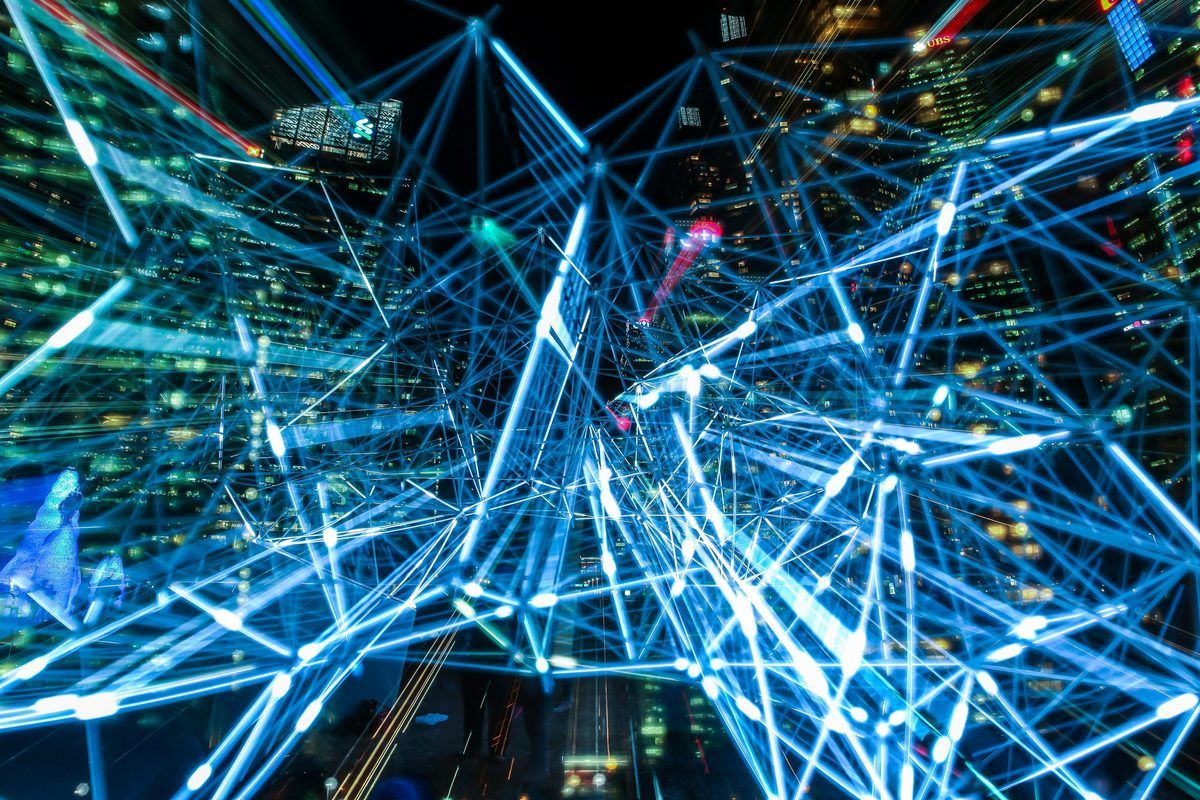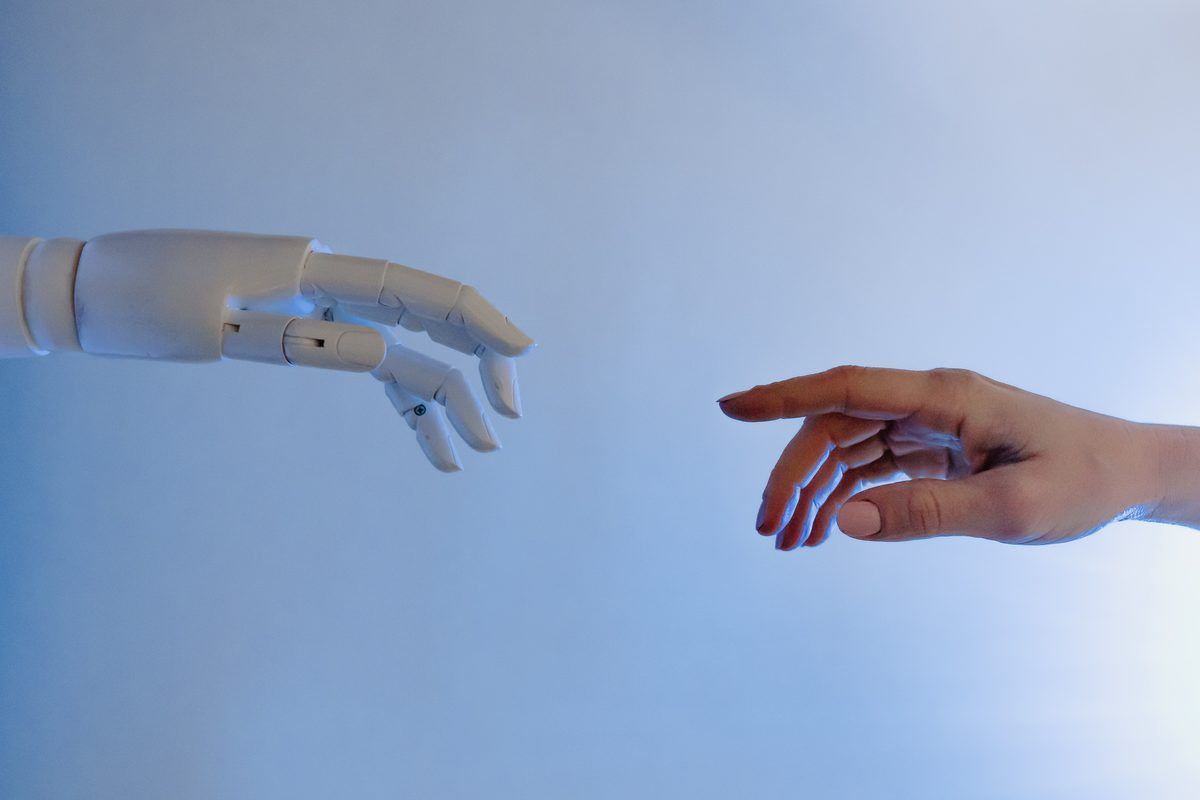We explained the 5 Ws of artificial intelligence in developing countries. In recent years, artificial intelligence hasn’t had a very favorable reputation overall. It is considered a threat to human employment opportunities even though we use artificial intelligence in everyday life. Is artificial intelligence better than human intelligence? The answer to this question will differ from person to person, but there is something that cannot be denied. New technologies like artificial intelligence, machine learning, robots, big data, and networks may have a substantial impact on growing economies.
Don’t be scared of AI jargon; we have created a detailed AI glossary for the most commonly used artificial intelligence terms and explain the basics of artificial intelligence as well as the risks and benefits of artificial intelligence. Now if you’re ready, let’s look at the effects and opportunities of artificial intelligence in developing countries.
Artificial intelligence in developing countries
44 nations were already said to have their own national AI strategic plans as of October 2021, demonstrating their desire to lead the world in AI development. These include developing nations’ national AI programs, which are being developed at a rapid pace by emerging economies like China and India. You can also check the EU AI Act but have you ever wondered what the situation is in developing countries?
Which country is most developed in AI and why?
The readiness of 160 nations around the world to use AI in public services has been ranked by Oxford Insights, a company that offers advice to businesses and governments on issues related to digital transformation. In their 2021 Government AI Readiness Index, the US is ranked first, followed by Singapore and the UK.

Among others, the majority of the developing world, including sub-Saharan Africa, the Caribbean, and Latin America, as well as certain central and south Asian nations, are among the regions with the lowest scores in this index. That is the situation for artificial intelligence in developing countries. So why is there a difference?
AI and poverty
Deep neural networks are used extensively in contemporary AI-driven applications, from the Google translate function to robotic surgery. These are a unique kind of deep learning model that is based somewhat on the structure of the human brain.
Importantly, since they frequently need millions of examples to learn how to do a new task well, neural networks are data-hungry. Compared to more straightforward machine learning models, they, therefore, need a more sophisticated infrastructure for data storage and current processing technology. Developing nations typically cannot afford such expensive large-scale computing infrastructure.
What are the negative impacts of artificial intelligence for developing countries?
A problem that disproportionately impacts developing nations is the rising environmental cost of this type of AI, in addition to the high price tag. For instance, training a modern neural network can cost up to $150,000 USD and emit 650 tonnes of carbon dioxide (comparable to a trans-American flight). The total carbon emissions produced by a typical car over the course of its lifetime might be around five times higher if a more complex model is trained.
The burden of rising carbon emissions has historically been borne primarily by developed countries, but regrettably, developing countries bear the brunt of these emissions the most. Because of its limited ability to invest in climate change, the global south typically suffers disproportionately from environmental disasters such as extreme weather, droughts, floods, and pollution.
It’s not all terrible news, either. A 2020 study found that AI can assist in achieving 79% of the objectives contained in the sustainable development goals. So, let’s look at AI’s role in our world. After that, we will examine how can AI help poor countries.
Artificial intelligence for development
Artificial intelligence, which already has a significant impact on our world in many different ways, is playing a larger and larger role in our lives and economy. The US and Asia have emerged as the world’s leaders in the heated struggle to enjoy its benefits.

Artificial intelligence (AI) has the potential to significantly improve productivity and creativity across the sectors of healthcare, agriculture, education, transportation, and governance. This promise is already apparent in international development. You can check the hottest artificial intelligence trends with this article. Don’t you know the effect of artificial intelligence games and artificial intelligence call centers in every economic area, but is this true globally?
Role of artificial intelligence in economic development
For global development, artificial intelligence (AI) has both advantages and disadvantages. The use of AI can boost overall productivity and generate new products, which will boost the economy and create jobs. According to PwC, the use of AI would boost the global GDP by $15.7 trillion by 2030. While AI can promote growth, its advantages might not be shared equally. According to an IMF working paper, as more employees become automated, real incomes would probably decline and inequality will generally increase.
It can change manufacturing and has serious effects on firms and industries. But can AI help developing counties although mentioned implementation challenges? The answer is yes!
How AI could transform developing countries
In the industrialized world, artificial intelligence (AI) has entered into people’s daily life. AI is everywhere—in the news, our homes, and workplaces—from virtual assistants to recommendation engines.
AI applications also have a lot of unrealized promise, particularly in the humanitarian sector. Because resources are scarce in underdeveloped nations, the effects can multiply. Businesses, nongovernmental organizations (NGOs), and governments can use AI to tackle life-threatening issues and enhance local residents’ standard of living in underdeveloped nations.
Emergency Response
Although AI and machine learning are still establishing themselves in developing markets, several applications have already surfaced and are now in widespread usage. Predictive models, for instance, allow first responders to automatically assess large-scale activity and movement using a variety of data sources, such as social networking sites, online discussion forums, news sources, etc. Responders can scale reconstruction activities and efficiently distribute supplies based on the data they have gathered.
What is Artificial Intelligence for Disaster Response (AIDR)?
In order to compile data on the 2015 earthquake in Nepal, its damage, emergency requirements, and disaster response, the United Nations Office for the Coordination of Humanitarian Affairs employed a system called Artificial Intelligence for Disaster Response (AIDR). Real and potential victims’ locations, as well as the workers who were available, could be found using AIDR.
Agriculture
Smart agriculture is further use of AI in developing countries. Using AI techniques, farmers can more efficiently monitor their crops and forecast when to plant and harvest them. Instead of spraying pesticides across broad swathes of crops, it can also be used to assess one plant at a time and add pesticides only to sick plants and trees.
Health
AI is capable of making precise diagnoses, providing treatment options, and forecasting disease epidemics. This conserves human resources and ensures equal access to healthcare for people who reside away from major cities. Additionally, it can reduce the cost of basic medical care for individuals who cannot afford to visit a real doctor for treatment. In terms of economic development, people will be able to concentrate on more difficult jobs like being entrepreneurs or engineers since AI will handle menial labor, such as factory work, and public education. It is one of the most important topics for artificial intelligence in developing countries.
Businesses are using AI to expand access to healthcare in some of the world’s most isolated regions. For instance, Zipline uses drones to deliver blood and medical supplies to hospitals and clinics in Rwanda that are difficult to reach by automobile.

People who live in rural areas of the country have been significantly influenced by this because they can now access medical care when necessary. According to Zipline, the drone system in Rwanda has also contributed to a 95 percent reduction in blood waste. Seismic Concern, an AI algorithm developed by One Concern, makes precise seismic event predictions. The company is also working on solutions for floods, wildfires, and hurricanes. Emerging technology in developing countries may really provide the largest benefits to the medical industry.
Education
Education is a crucial field that gains from cutting-edge technologies like AI. Modern technologies can improve the way we work, learn, and educate. The majority of developing nations’ schools lack qualified instructors and other tools to advance pupils’ understanding. Due to the fact that many children still have to travel long distances to go to their local school, there are educational gaps, particularly in rural areas. By making tutoring services and educational resources available to all students, wherever they are, artificial intelligence solutions like personalized learning assistants can streamline the learning process.
Artificial intelligence benefits developing countries by enabling access to education for people who previously had no hope of doing so. With the majority of the 750 million adults worldwide who are illiterate in reading and writing, AI has the potential to significantly improve their quality of life.
Impact of AI on developing countries: Real-life examples
An increasing number of AI projects and solutions are already being tested in developing countries, many of which will have long-lasting socioeconomic effects.

- Utilizing its network of crowdsourced field agents, Optimetriks, a GSMA Ecosystem Accelerator Innovation Fund grantee (Uganda), provides regular data feeds on the needs, activities, and stock levels of FMCG companies and mobile operators, assisting these corporates to better understand their distribution channels. AI-driven image recognition is used by Optimetriks to process the obtained data through real-time visualization dashboards and identify products and merchandising materials. The ideal stock-up amounts can be predicted from this raw data.
- Apollo Agriculture (Kenya) provides smallholder farmers with customized agronomic advice and loans for agricultural inputs via mobile phones using satellite imaging and agronomic machine learning.
- The Niramai (India) system offers a less expensive alternative to the mammography method now in use, which has a large initial investment cost. Thermalytix, an AI-powered computer-aided diagnostic engine, is the centerpiece of Niramai’s approach.
Conclusion
In developing nations, AI has primarily been used at the micro level to address narrowly focused issues in a particular sector. More complicated problems will be targeted and solved as machine learning develops and AI is used more frequently.

But fair engagement in the creation and application of the technology is crucial if we are to realize the true potential of “good AI.” This indicates that in order for the developing world to fully benefit from the AI revolution, the developed world must provide them more financial and technological help. The benefits of this support will be substantial and long-lasting for everyone involved, therefore it will need to be more than temporary.





